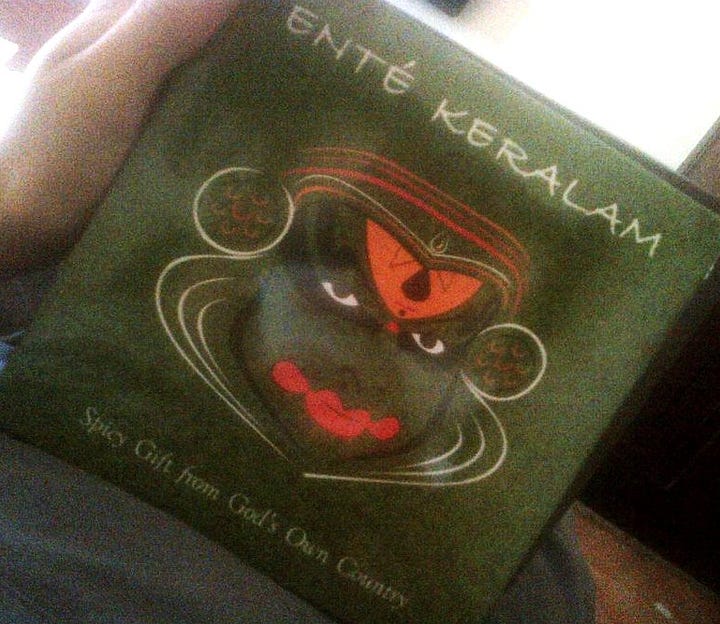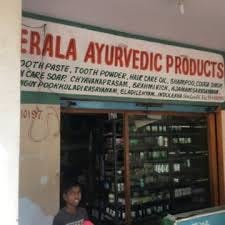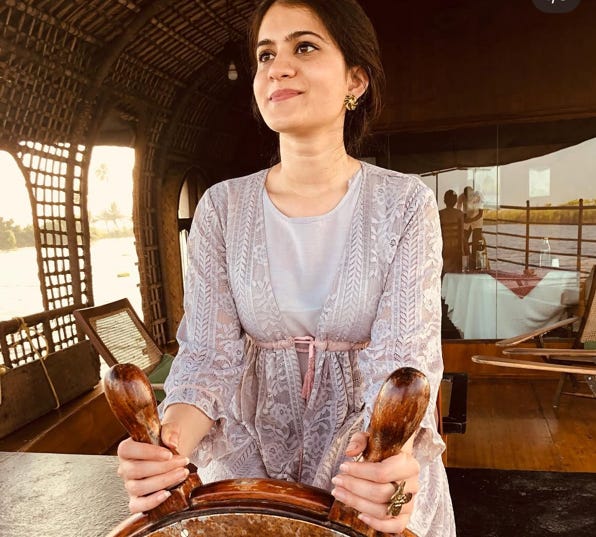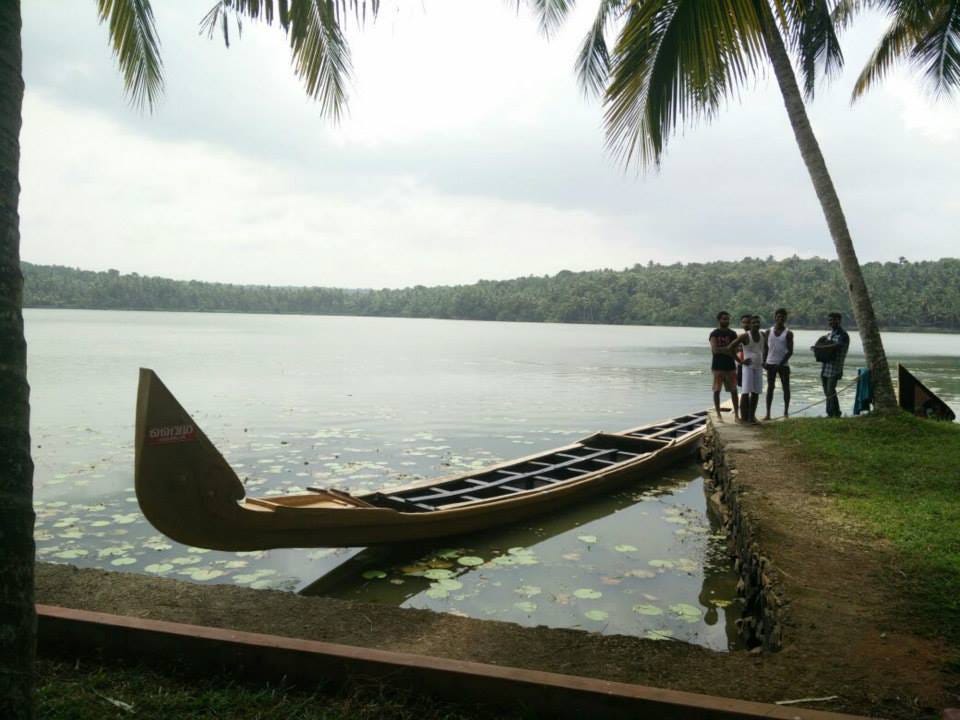Kerala, India
Oils, Oars and Open Skies
If you’ve been to Kerala — or are planning a trip — chances are Ayurveda is somewhere on your list
The state has hundreads of government set-up ayurvedic centers and also thousands of private ayurvedic treatment centers (known as Arya Vaidya Pharmacies or Kottakkal), retreats and spa locations spread throughout, bringing Kerala millions of visitors from around the world every year (chatGPT tells me somewhere between 20-25% of India’s wellness tourism is attributed to Kerala)
I remember trying one of Kerala’s most iconic Ayurvedic treatments on my visit — Shirodhara. I was asked to lie flat on a wooden table in a dim room. A copper vessel was suspended about 3-5ft over my head, and from it would flow a warm stream of herb-infused oil steadily onto the center of my forehead. The oil flowed across my scalp for almost an hour, accompanied by the therapist’s occasional light head and neck massage. I had read about how Shirodhara is said to reduce cortisol and calm the nervous system, and by the end of it, I didn’t need a scientific study to tell me it was working
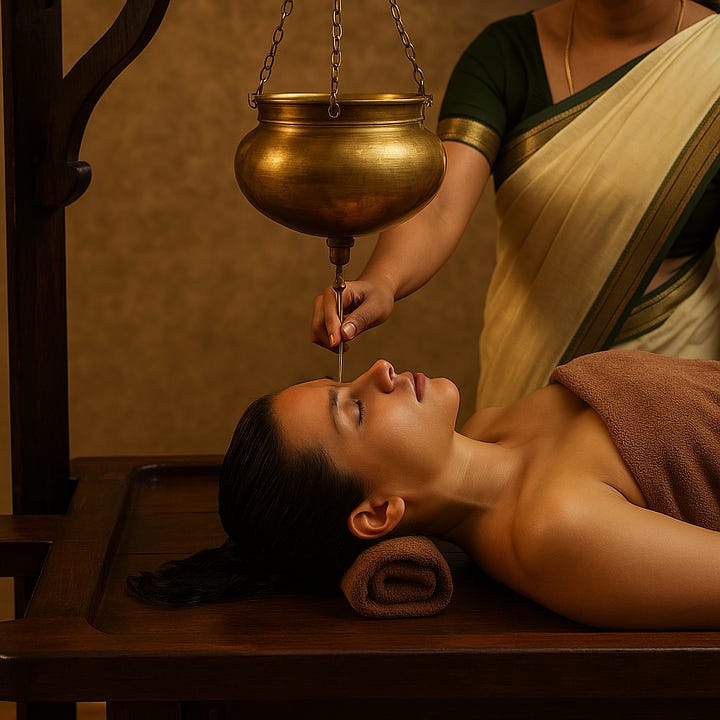
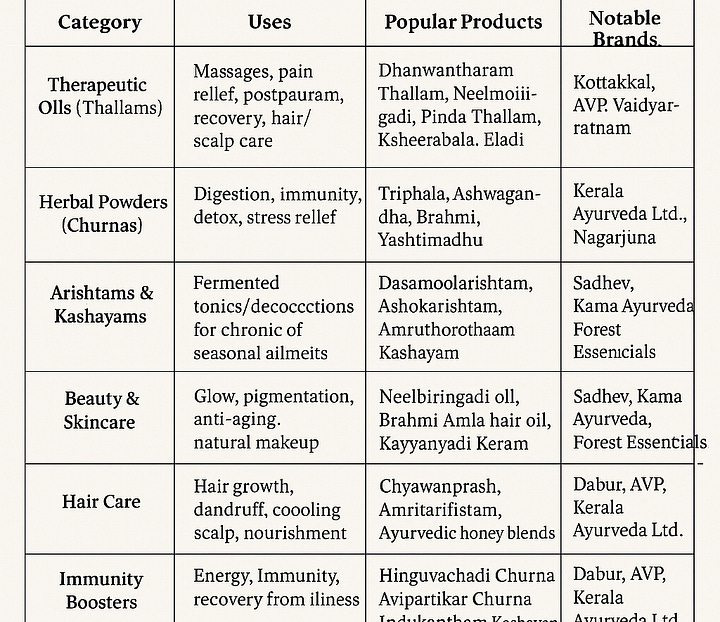
Kerala also climbs into the clouds with tea plantations at Munnar and boating with the big cats at Periyar
The coastal cool temperature allows for tea planting in Kerala. Several plantations — like Tata’s KDHP estate or Lockhart Tea Museum — offer tea-picking and tasting tours, where you can try your hand at plucking the tips, learn how tea is rolled and dried, and also sip cups. As someone who grew up in India with lots of tea, I didn’t take the detour to Munnar myself, figured I’ve had enough chai in a lifetime to qualify as honorary tea estate staff, but would recommend to others
One thing I’ve always wanted to experience — and something that’s actually quite rare, even in India — is a wildlife safari to see the big cats by boat, and Periyar Wildlife Sanctuary in Thekkady, Kerala offers exactly that. Centered around the Periyar Lake which winds through the hills, the wildlife sanctuary allows visitors to spot wild elephants, deer, and even tigers from the comfort of a boat. I did not manage to catch this but its on my list, and should be on anyone’s list for unique safari experiences
Ocean coming inland to meet you. The ‘backwaters’ in Kerala are patches where the ocean meanders inland forming a network of canals, lagoons, and lakes. Back in the day, boats would use these water networks to transport spices and food. Since the trade has now shifted to the roads inland, the boats have become floating homes or ‘boathouses’ with kitchens and bedrooms
I stayed on one of these houseboats for two days in Kumarakom (Alleppey is another spot popular for backwater houseboats). The boat was slow and I was allowed to drive it (upon my persistent request and under the watchful eye of the captain- but possible!). It was fun to navigate through the turns in the narrow passages, and I almost managed to avoid getting the boat stuck. I was served home/houseboat home-cooked meals, books and games on deck and mosquito nets — little frills, but very homely charm
Snake boat race. I was in Kerala on a work offsite with my team, and one of the team building exercises was to partake in the local ‘snake boat race’. Snake boat race is a traditional annual event where snake boats which are 100 feet long, narrow canoe-style boats— are powered by dozens of rowers that paddle together to the sounds of a local song in competition. This takes place every year during the local harvest festival Onam
Unfortunately for my team, we did not get to experience the full race, or even a third of it if I were being really honest. Just a few minutes into the race, with everyone rowing like their life depended on it — shouting, sweating, and giving it full power — we started noticing water pooling around our feet. At first, we brushed it off, thinking it was just normal splashback. But nope. Within moments, the boat started to wobble more than it should, and the next thing I knew, we were all standing waist-deep in the backwaters, the boat fully submerged. We didn’t win (obviously), but if the goal was team bonding, mission was accomplished
The quiet beach of Kovalam. The beach of Kovalam is never in a rush of people nor does it ever see a roar of waves. So peaceful, I spent an entire afternoon playing chess by the shore, and intermittently reading and napping to the sounds of the Arabian sea and sands. I would recommend Kovalam for a quiet beach holiday
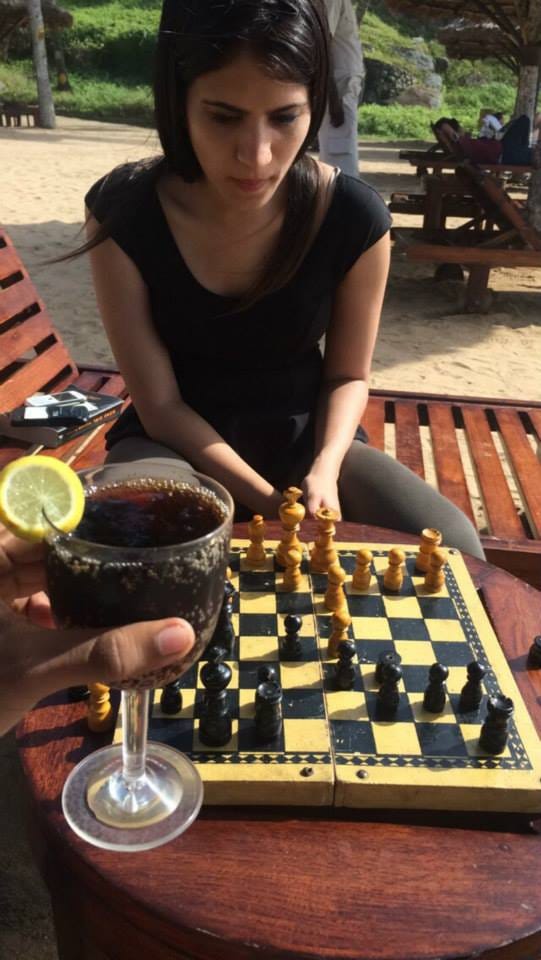
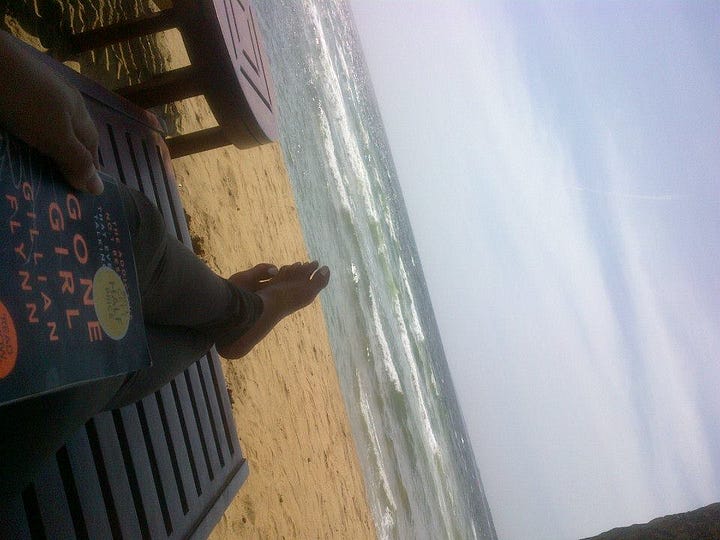
Coconut life line. You’ll spot a lot of coconuts. Coconut trees along the roads with ripe yelow or to-be ripe green bananas hanging. Some trees have a ladder standing against them and some have a ladder and a person climbing up to bring down the coconuts
You’ll sip on fresh coconut water straight from the shell at roadside stalls. You’ll eat dishes swimming in coconut milk, like meen moilee, a mild fish curry or avial, a thick mix of vegetables. Even the desserts carry the touch — from coconut payasam to coconut ladoos
Going Bananas - literally. You can eat them ripe as fruit, or deep-fried into banana chips, and — perhaps most interestingly — you even eat on them. Not the fruit, the leaf. Banana leaves are commonly used as plates in Kerala, especially for traditional meals like a sadya. The leaves have natural antibacterial properties, and when hot food is served on them, they release antioxidants that are believed to enrich the meal while also keeping it safe and hygienic
Most local restaurants will serve you on a fresh banana leaf as a plate, but if you’re not quite ready to dive into the full experience — many spots place a plastic mat shaped like a banana leaf under your regular plate -as a nudge toward tradition?
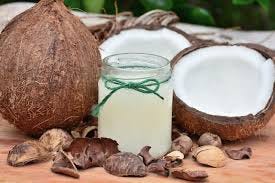
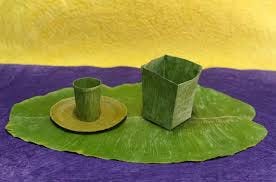
Traditional dance of Kerala. Kathakali mime performers wear dramatic face paint, elaborate costumes and headgear - they are easy to spot, both in theatres and also across the city, especially in resorts/hotels where they’ll welcome you with mini performances
The training is rigorous — artists spend years mastering facial expressions and body control because Kathakali is a theatrical enactment that is performed with no words and only hand and body gestures
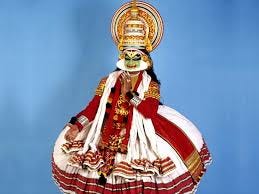
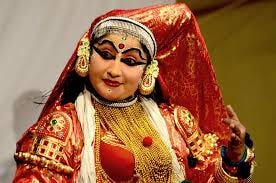
Kerala’s money order state. It is the state with India’s highest literacy rate (over 99%) — and highest life expectancy (77-79 vs 69 national average). And this shows. From every interaction I had, with the autorickshaw driver to the coconut seller, people spanned a wide age group, and everyone I met had an interesting and well informed opinion on everything: politics, the economy, foreign affairs
While socially rich, Kerala is economically poor (high unemployment, limited industries) and resultingly, nearly every household has a family member working abroad and remittances shape the economy (almost 25% of GDP)
Why Kerala is socially rich but economically poor? This is disputed and controversial. Some argue it was the choices of redistribution over wealth generation, and social equity over rapid industrialization. As a former Econ student with Austrian libertian inclinations of welfare capitalism, I am biased to agree
Kochi hosting Portugese, Dutch, British and Chinese fishing nets. The three imperial powers to have ruled in India all visited and touched Kerala. Portuguese arrived here in 1500 with Vasco De Gama, followed by the Dutch and the British. Each leaving behind architectural imprints you’ll see like the gravestone of Vasco De Gama in St. Francis Church, the Mattancherry Dutch Palace and several British Colonial mansions in the city
And then there is the chinese fishing nets— shore operated lift nets made of wood, metal and rope. Functional at some point they remain only symbolic now. Symbolic of maritime trade. The entire structure extends into the sea like a giant mechanical spider, and the sight of them being slowly raised or lowered against the sunset is unique (scenic is not how I would describe it, unique yes)
Inspired by the Venice Biennale, Kochi-Muziris Biennale is India’s largest Art festival by the sea
If you're curious about how cities can transform into giant open-air galleries then attending the Kochi Biennale which takes place between December-March every two years is a good stop to make. You’ll see workshops, talks, film screenings and displays of many many pieces of art from across the country and the world
Kerala is known as ‘God’s Own Country’ - this started off as a cheeky marketing campaign by the Tourism Board, and having visited Kerala I can see now why it stuck
After a week in Kerala, floating through backwaters, melting under warm streams of herbal oil, gorging on the coconut and banana meals and being wrapped in every shades of green and quiet blue imaginable, I get it. The state very much could be a ZIP code for heaven
